
The meathead and the pervert pervade anime’s portrayal of men. The meathead is the impulsive, headstrong hero who charges head first into everything. They win while the thoughtful, introverted males take supporting roles. They do not “get the girl.” I won’t touch on the issue with women being the reward for a hero in this article. Speaking of being sex driven, the perverted male appears throughout anime. He appears in two forms: the comedic extreme and the underlying focus on sex that afflicts many protagonists. The comedic extreme has the guy obsessing over panties, breasts, butts, and sometimes the nape of the neck. It becomes a consuming part of his character and his chief motivation. The Comic Artist and His Assistants provides a good example. Yuki Aito’s fetish for panties drives every aspect of his personality. According to the story, it was the reason he became a manga artist. His obsession extends to his interactions with the female cast and becomes the source of his problems. This type of man lives in the comedy and ecchi genres, but the perspective leeches into other genres. Men who focus on sex, the “get the girl” motivation plays into the dialogue most men grow up with. Women come to those men who conquer; intimacy–that is, emotional intimacy rather than sex–isn’t considered manly. The fact I have to qualify the word intimacy because of its close association with sex points to how society skews relationships.
 In any case, many male characters have perverted tendencies. Nosebleeds symbolize this. Nosebleeds stand in for male arousal, and some characters practically hemorrhage. The lesser symbol for perverted tendencies, the blush, doesn’t get as much attention as the nosebleed, but when a male character seems a panty flash (the most common cause), he will blush. This reaction shows a latent preoccupation on sex. If the character didn’t have it in his mind, he wouldn’t react. Honestly, this would be a nice change of pace. Anime assumes all men have a fetish for panties or are turned on by women’s underclothes. More asexual male heroes would be a welcome change.
In any case, many male characters have perverted tendencies. Nosebleeds symbolize this. Nosebleeds stand in for male arousal, and some characters practically hemorrhage. The lesser symbol for perverted tendencies, the blush, doesn’t get as much attention as the nosebleed, but when a male character seems a panty flash (the most common cause), he will blush. This reaction shows a latent preoccupation on sex. If the character didn’t have it in his mind, he wouldn’t react. Honestly, this would be a nice change of pace. Anime assumes all men have a fetish for panties or are turned on by women’s underclothes. More asexual male heroes would be a welcome change.
The focus on sex that runs through male anime characters reflects societal views on masculinity. Western culture views men as sexually motivated and focused. To be a man is to be dominating and sexually active. He must chase, and she must withhold. American men and women are raised with his dichotomy. Manhood and sex drive connect, and “real” men seek sex instead of intimacy. Magazines aimed at men focus on sexual prowess. Car commercials have strong phallic imagery (a car driving into a tunnel) and dominance imagery (driving fast and controlled along a curvy road–curvy roads recall the curves of women, after all). This perspective infects anime. The other side of masculinity– gentleness, self-control, love, tenderness, thoughtfulness, compassion–get little attention in society and in anime. Just look at all the meathead, impulsive shonen heroes.
Why not? Why are these qualities of manhood not emphasized?
Many of them overlap with feminine ideals. Misogyny dictates anything that is feminine is of lower status. For another, they are not conducive to consumerism. These traits of (true) manhood come from self confidence. They undermine the need to look to the outside for fulfillment. They also counteract misogyny. They show how men are capable of being motivated by ideals higher than sexuality. Removing the sex drive from the center of masculinity prevents men from feeling the need to own women and dominate them. It removes one of the major sources of insecurity: sexual prowess. If a man can’t perform sexually, he isn’t a man.
Nonsense. A penis doesn’t make the man.
Aside from this, impulsiveness characterizes men in anime more than anything else. A character with self control makes plotting more difficult for the writer. Impulsive action makes plots easier to write. A character can act based on a simple motivation–such as protecting his friends. The writer then plots the consequences. But a thoughtful character with self-control would think through his actions first. This means the writer needs to come up with consequences neither the character nor reader could foresee. Granted, most people act from impulses than thoughtful consideration.
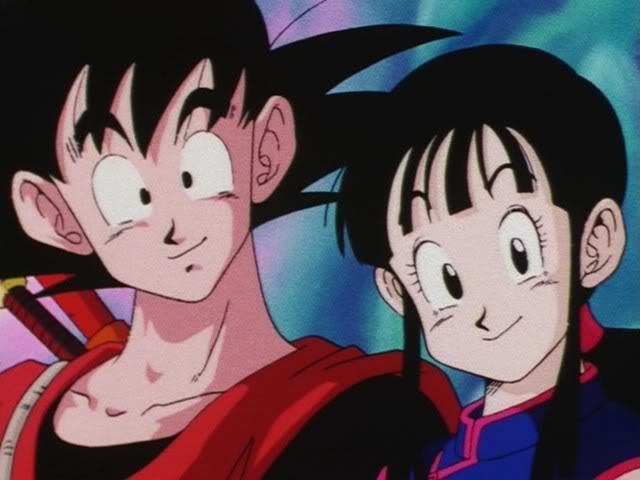
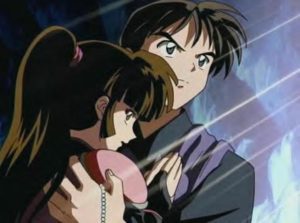
Culture’s focus on the sex drive as the defining characteristic of maleness insults men. Men are more than walking penises. Sex isn’t as important as society makes it out to be. Anime would benefit from revealing the true side of masculinity with more thoughtful, tender, and compassionate male characters. Moving away from meatheads and impulsive behavior would improve anime stories and provide better fictional role models for male anime fans. Don’t get me wrong. Many anime have great values and excellent characters, but there is room to improve. The stories we consume shape our perspectives of reality. A shift toward thoughtful, quiet, and controlled male characters (like Jin in Samurai Champloo for example) would show young anime fans a different side of manhood. Perhaps such a shift would also reduce the misogyny present in anime and Western culture. Misogyny, after all, comes from traditional, macho values.
Manhood involves more than conquering, violence, and sex. It involves softness, tenderness, confidence, quietude, thoughtfulness, other-centeredness, and other traits not represented in modern views of manhood. Anime, more than any other medium, provides a view of these traits if only it would step away from the tired male tropes on which it clings and embrace the side characters, the introverted men, and the other types of men already present in their stories.

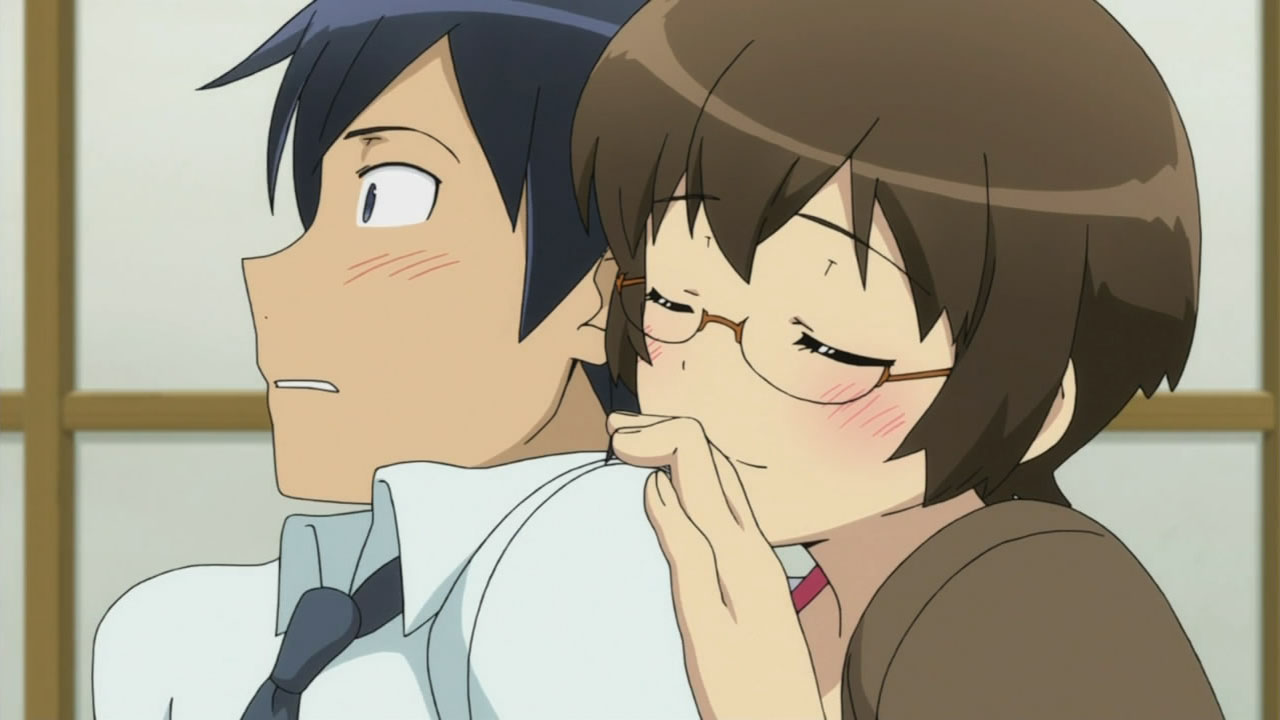
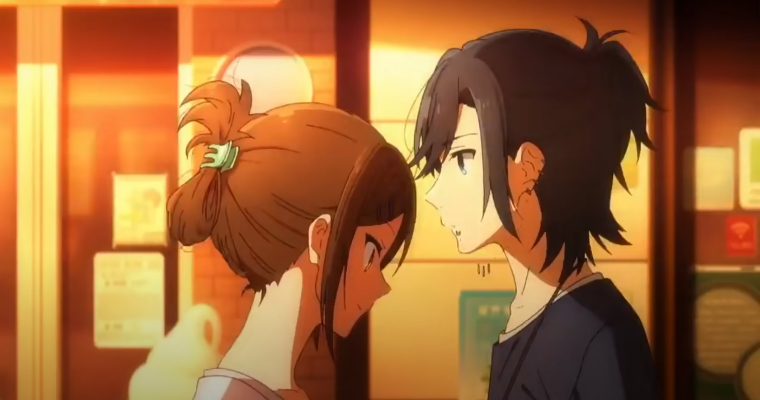
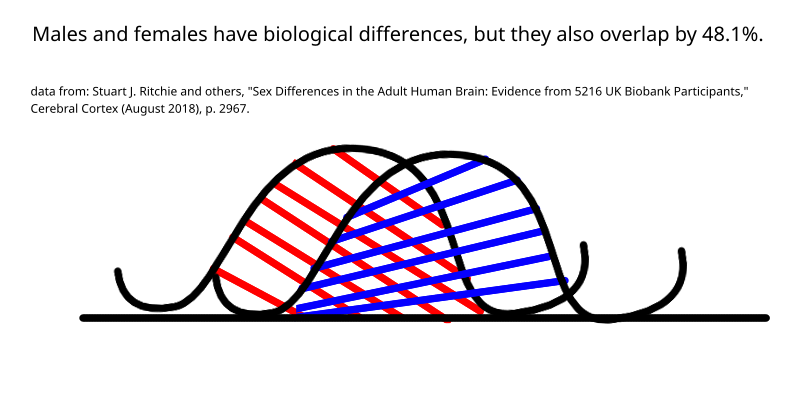
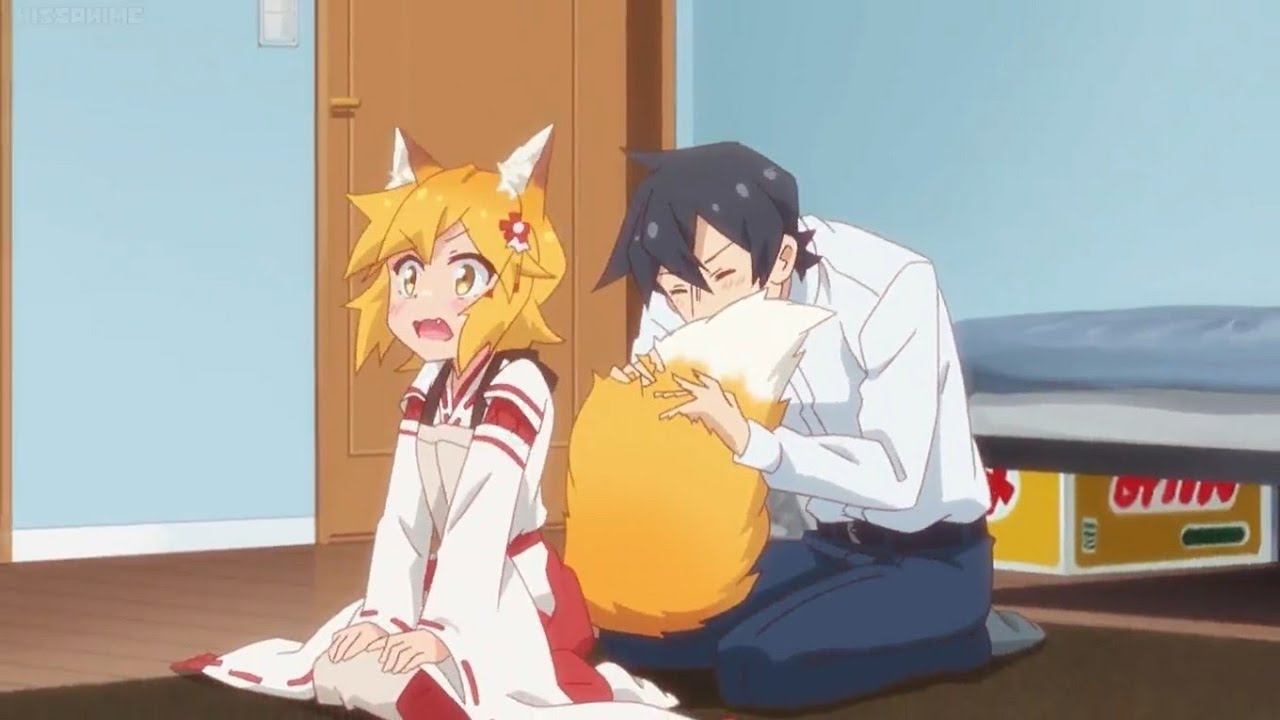
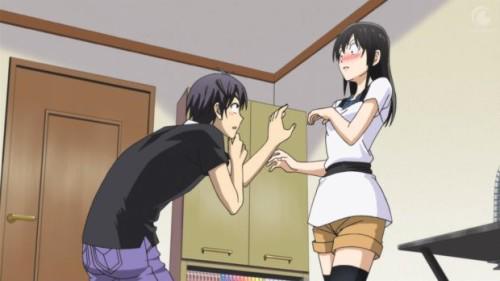
I don’t have much of an idea about how “normal” literature gets published, but I could imagine that self-publishing isn’t a path just anyone can take. After all, where is the money supposed to come from and who’s going to read those books without proper marketing. And yeah, category is necessary, also as part of human mental hygiene in general in my opinion. It’s fine to say that a story is fantasy, comedy, whatever, but I’d like it if the target audience wouldn’t be part of it. That is to say, it would be nice if maybe there was a heads-up for mature content so that children don’t stumble upon stuff they shouldn’t read, but this idea of Shounen/Shoujo is too constricting. If nobody put a label on these stories, there might be a higher chance for them to appeal to both genders and less pressure on the Mangakas. When I go into a bookstore in my country, there also aren’t labels on the cupboards saying “for adolescent boys” or “for adolescent girls”. Not that it would be possible with the way things are right now.
As long as it isn’t the majority of women who are annoyed, nothing will change. You often write about the shift of women’s roles in Japan and how that is supposedly also apparent in Manga and Anime, but I don’t see it happening. The new Manga of the Shoujo and Josei genre portray the same dynamics as the old ones. Sometimes, you’ve got a heroine who is strong and capable or whatnot, but even if that is the case, you’ve also almost always got a male lead who is better at whatever she excels in. Example: Heroine is doing well academically, gets 2nd place out of all the students in her year – 1st place is for the male lead. Heroine does good work at her company and is admired, male lead is her boss. If there was at least critical reflection on a woman’s role going on (ironically even Manwha are better at that than Manga), but things are accepted the way they are. I can’t say as much about changes in Shounen, since I don’t know enough of them to judge about trends. Why is there a change of the traditional hero going on in the world of isekai?
Really? I haven’t seen as many impulsive characters in Western literature, at least not to the point where I would call it unnatural. Impulsiveness is an understandable trait in young main characters, and Western literature doesn’t focus on young characters as much as the Anime and Manga industry.
A bookstore without the usual category labels sounds quite interesting. It would allow for surprised discoveries, but I can also see it frustrating many shoppers. Whenever I watch female-focuses stories, I see more autonomy compared to many traditional Japanese stories. In most folklore I’ve read, women are rewards for the adventuring men. Few have any sort of choice. Over time, the stories progressively increase female autonomy, but there is quite a ways to go yet.
Western literature often focuses on justification for impulsive behavior after the fact instead of the character planning their actions before taking them. When I tried to read James Patterson’s Alex Cross series, the namesake protagonist struck me as this type (I gave up on the book I attempted. It wasn’t for me).
I’ve quite enjoyed our conversation : ).
I think that in many of the articles you write about Anime, you limit yourself too much to the “Shounen-side” of things. I know that many of the most famous Anime are Shounen, but Anime and Manga are by far more diverse than Shounen. Look at most of Shoujo, and you won’t find the same male protagonists you’ve written about here. Many of the male MCs in female-oriented Manga and Anime have quite a few of the more “feminine” qualities you found to be lacking in Shounen. They are often empathetic, less impulsive, and have an intelligence that is at least average. Not to say that male stereotypes don’t exist in Shoujo, but the meathead you’ve spoken of nearly isn’t present and perverts only exist as stalkers or with the added bonus of character depth.
Instead, in the most cliched Shoujo, you’ve often got a female protagonist who is impulsive, naive, and not very clever. What I see is happening here is rather that in male-oriented Anime and Manga, the male MC has quite a lot of unfavorable qualities, while in female-oriented Anime and Manga, it is the female MC (though those unfavorable qualities are gender-role based, with men being for example not strong enough and women being bad cooks). I believe that it is an effort to make the protagonists more relatable to the respective target audience, so that ideally the watchers/readers will think “if someone like that is able to get strong / get the girl /…, I will even more so be able to do that”. While the other gender is often placed on a pedestal. Therefore, from what I’ve seen the dumb and impulsive protagonist is at least not something inherently male in Anime and Manga.
It might be that these weird character dynamics exist in Anime and Manga because of the way Manga are published (I don’t have too much experience with Anime, so I’m just going to assume Manga as the basis for most Anime). After all, Manga get published in magazines with a set target audience, often one chapter per month. If the story is well-liked by the audience, its Mangaka is allowed to publish more chapters. If it is not, the story will end in one or a few chapters. The consequences are that the Mangakas need to catch the readers’ interest fast in the beginning, and with the stories being episodically published, they need to come up with good new developments in little time. In front of the decision to do good story-telling or to write something cliched that sells either way with a good execution, I think many take up the latter.
But again, once you look at Seinen and Josei, you will see more thinking outside the box, with protagonists and stories being not as cliched – probably because the older readers don’t want to read the same stuff all over again. Admittedly, Josei and Seinen don’t take up as much of the market as Shounen and Shoujo do.
Anyway, I enjoy reading the articles on your blog, so keep up the good work! 🙂
You are right. I tend to limit myself to shonen. Although lately I’ve started watching shojo and, ocassionally, josei. I’ve noticed a few stories I thought were shojo were still considered shonen despite the art style and female lead. There appears to be a blurred line between the categories. I often find the female leads as frustrating as the male meatheads of shonen, just in a different way. Many of the women I know dislike shojo leads because of how they are dense, wishy-washy, and the like. It appears we are hitting a cultural difference. Why do you think characters are so impulsive in both categories?
You make a good point about the publish cycle of manga. Sameness sells. If you read New York Times bestsellers, they tend to be pretty much the same. They are heavily templated. If you’ve read one James Patterson or Clive Cussler book, you’ve pretty much read them all, but it appears that is what people want.
I guess the line between them seems blurred, at least to non-East-Asian eyes. From what I know, a Manga is traditionally put in the same category as the magazine it is published in, so that for example every story that appears in “Shounen Jump” is Shounen and every story in “Bessatsu Friend” is Shoujo. Based on that, neither gender of the main lead nor story-telling nor anything else would matter, other than the magazine. But since every magazine has its own target audience, you get the typical art style, story-telling and cliches. The Mangakas also often don’t have as much control over their own story as one would maybe assume – the editorial department has a large say in order to make the story sell. I think that maybe the editors of the magazines are the conservative element here and limit the creativity of their storytellers too much. Which is why Shounen with a story that is more Shoujo-like or vice versa is as seldom as it is.
I don’t know though how for example everything that is not published in magazines gets categorized, like web Manga or Anime that don’t have Manga as a basis. Especially web Manga have shown an interesting development in the last few years in my opinion, or rather web Manhua. Since these stories aren’t restricted by magazines to certain target audiences, they often aren’t as cliched and have better storytelling.
Anyway, I think in the end whether something is Shoujo, Shounen or whatever doesn’t really matter, since in all of these genres there are good stories.
And I agree, those female leads are irritating as well. But it might be that it annoys people of our cultural background more than the mainly Japanese audience. Like you said in one of your posts, independence isn’t a trait that is very desirable in Japan, being dependend on someone isn’t looked down upon and maybe even seen as cute. Maybe that is the reason why the Japanese can tolerate these kinds of leads more than we do. Or have you talked to Japanese women who are annoyed by them as well? And was this the cultural difference you meant?
I think there are many reasons for that impulsiveness. For a start, being impulsive means a lot of action. A character that doesn’t think acts a lot, the story is easier to develop that way, like you’ve said in your article. Other than that, Manga and Anime are a visual medium for storytelling. It is much easier to make a comic where the character doesn’t think too much, because if a story with a contemplative lead is executed in an unskilled manner, the comic will resemble a book much more than a comic or the Anime more an audiobook. Second, impulsiveness is a character trait everyone knows themselves since we all were once younger. Now no storyteller will make characters that are perfect, ideally you want to show character development. Everyone knows how an impulsive character will act and character development can also be shown easily. Impulsiveness is a very simple negative personality trait. Also, it is reasonable to attribute it to high schoolers because of their age.
I don’t read New York Times bestsellers, but I can see where you’re coming from after googling the authors. And yeah, apparently humans are finally creatures of habit and open-mindedness is not as present as one might wish.
Many manga fans tend to be surprised when they learned how little control the mangaka can have over their own series. It isn’t that different from novel publishing. While novel authors have a certain degree of freedom, most publishing houses look for certain traits and genres. Stories that fail to fit within this confines struggle to be published. However, self publishing offers an outlet, just as self-published manga, doujinshi, offers a similar outlet. I agree with you. Too often we focus on categories instead of stories. Again, this is an issue I’ve ran across in American book publishing. But category does make it easier for marketing and for readers to find stories.
Some Japanese women have found the typical female leads annoying. The changes roiling through Japanese society, namely women working more and taking increasingly dominate roles, are shifting the focus away from traditional heroines. Of course, we see this on the male side too with the rise of isekai.
We share the same conclusions about impulsive characters. In short, they are easier to write. But in manga’s defense, I’ve seen many impulsive characters in Western literature.